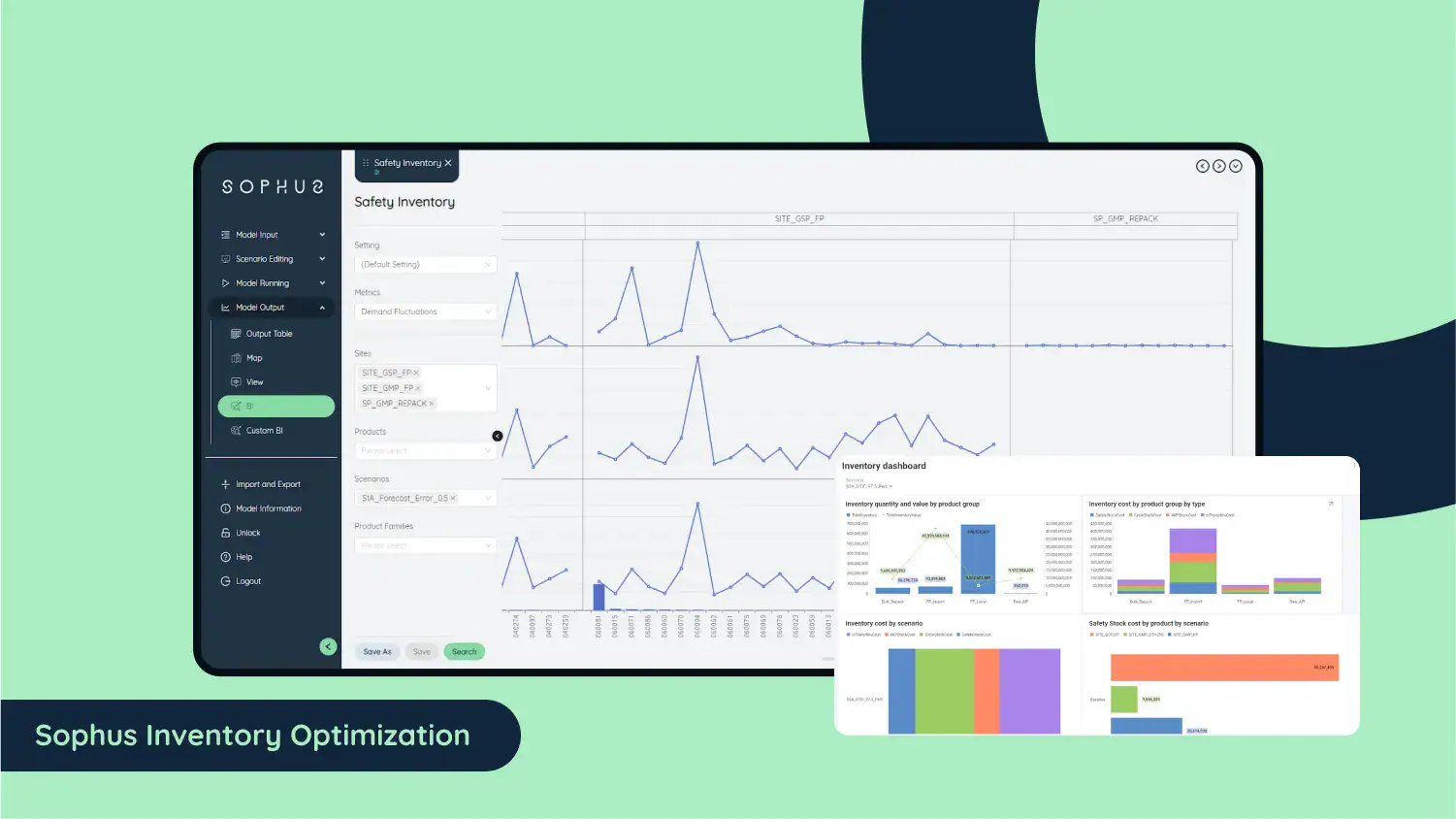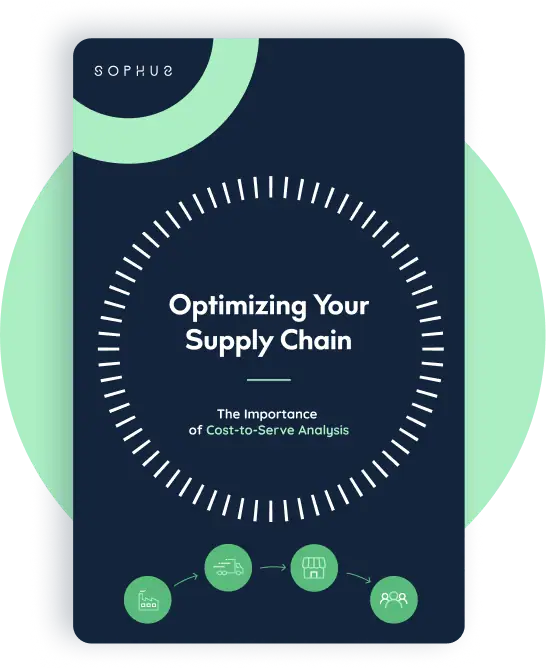Our client is leading the way in innovation and efficiency optimization in the pharmaceutical industry. It optimizes inventory to improve efficiency, simplify operations, and generate substantial cost savings. This strategic effort highlights our client’s commitment to innovation and providing value to its stakeholders in the ever-changing pharmaceutical industry.
Challenges
Traditional inventory procedures were found to be inadequate, and a more adaptable strategy was required to successfully traverse the unpredictable demand variations while still meeting the demanding regulatory standards. The seriousness of the problem became clear as company-wide conversations progressed.
We can’t keep depending on conventional approaches; we must change with the evolving landscape to stay competitive.
During the discussions, the following issues were highlighted as critical:
- Demand Fluctuation: Accurately predicting inventory needs was becoming increasingly challenging due to fluctuating demand patterns.
- Adherence to Regulations: A major obstacle was meeting regulatory standards without sacrificing operational efficiency.
- Inventory Shortages: Finding the optimum balance between having the right amount of merchandise and never running out was quite challenging.
- The Problem of Overstocking Proprietors: Too much inventory on hand limits your ability to be agile and financially flexible since it ties up important resources and cash.
- The Rise of the Pandemic: The COVID-19 pandemic has added another layer of complexity, with inventory stock Days of Supply (DOS) increasing by an unprecedented 100%.
The company’s inventory management strategy had to change drastically to meet these issues.
Solution
Joining forces with Sophus makes it possible to deal with our inventory issues directly.
Sophus found around 25 important elements affecting inventory levels using advanced inventory data models. Among the many variables that fell under this category were product lifespans, consumer preferences, supplier dependability, and lead times.
Moreover, we chose a more methodical approach to supply management. We diligently examined cycle supplies, security stocks, and in-transit assets, among other inventory components, through E2E Shelf-Life Simulation and Optimization.
This systematic approach enabled a more accurate determination of stock levels, harmonizing them with real changes in demand.
Outcomes
Sophus’ inventory data models illuminate 25 critical elements that impact inventories to conduct a thorough evaluation. Implementing automated data processing also increased productivity, allowing for real-time modifications to stock levels. Among the remarkable consequences that came from this paradigm change are:
- Discovering a way to save 6% on inventory management.
- Freeing up funds, assets, and areas for development and fresh ideas.
- Indicate key performance indicators, including precision of demand forecasts and time required for quality testing.
- Implementing a scalable approach for optimizing inventories to achieve continuous efficiency.
The operations manager said there have been “significant savings” at a meeting to assess the project’s progress. These funds can be redirected to more important strategic endeavors that will propel our business ahead.
Want your game-changing solutions for your inventory problems? Contact Sophus now or book a demo.









